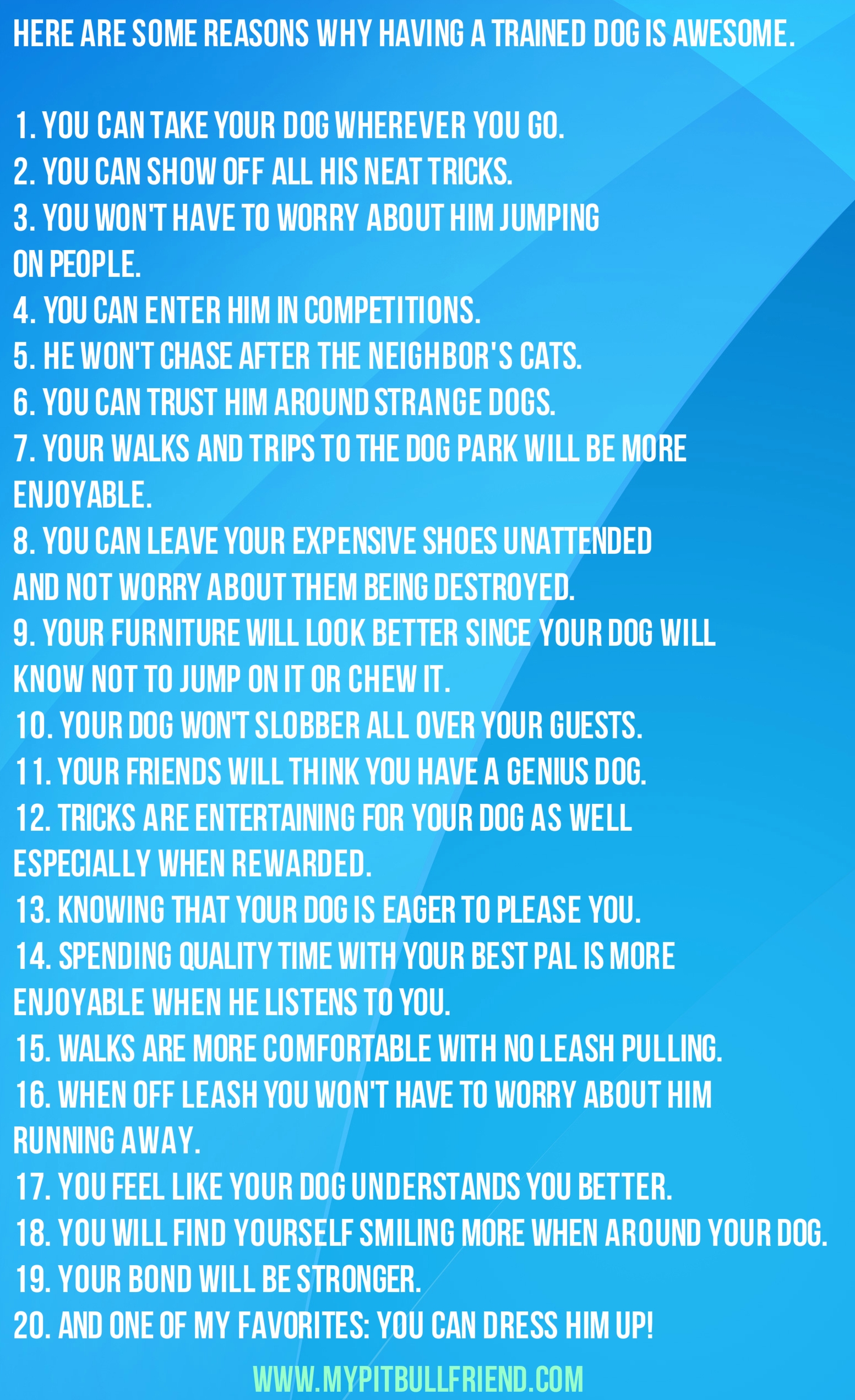by Amber Kingsley
Often convicted inmates get a bad reputation for being bad people, instead of someone who could have simply made a mistake, compared to a career criminal. Pit bulls have also been given an undeserved negative reaction from some people due to the behaviors of a few, poorly trained dogs. Similar to the television show, Pit Bulls and Parolees,” people are working together to change this stigma for the better and using training programs similar to that as showcased on the Animal Planet series mentioned above, this is rewarding to people and pets.
Training a service animal is very rewarding, but it is also a time consuming and expensive process. In an innovative twist, rehabilitation programs similar to the reality show as highlighted above are beneficial for everyone involved. The inmates are not only teaching young canines, it is also training these prisoners to possibly become dog trainers, groomers or animals technicians after their release from incarceration.
Volunteers and staff members provide inmates with training classes every week, along with weekend sessions throughout the month that show inmates the proper way to train puppies.
Women and Children First
The California Institution for Women in Chino, became the first prison in the state of California to have a Service Dog Training Program back in 2002. Since then, The Prison Pup Program has grown into training more than twenty dogs with fifty handlers at this institution. The women inmates are given responsibility for a dog at eighteen months of age and they remain together for up to six months for training.
After the success of the Chino’s Prison Pup Program, in 2008, the Southwest Juvenile Hall in Riverside County began a vision of assisting at-risk youths with life skills through a similar program. In this case, two young men are tasked with a twelve to sixteen week dog training program. The juveniles learn basic obedience using positive reinforcement techniques along with health care and grooming skills.
Benefits Abound
The canine graduates of these programs go on to become a vital tool for their disabled clients, forming a loving bond that is beneficially emotionally, physically and mentally. It is clearly a win-win situation for everyone involved from the inmate trainers, the dogs and the disabled clients they go on to assist as invaluable service dogs.
For their inmate handlers and trainers, the benefits are plentiful as these types of programs give them a sense of purpose and a way to give back to society. These trainers also learn the importance of bonding with these animals and ultimately will gain valuable work experience through their training and education. This will aid many of these inmates in finding gainful employment once they are released and returned to society rather than the possibility of returning to a life of crime.
Expanding to Men
Both the Prison Pups and the Southwest Juvenile Hall programs have been so successful that Canine Support Teams have expanded their programs to include the California Institute for Men in the summer of 2015. This expansion could use your help, so if you’d like to donate, please visit our Kindful donation page. If you’d like to find out information on volunteering and other ways to help, you can learn more at our CST support site.
About the Author
Travel junkie, Amber Kingsley, is a freelance writer living in Santa Monica, CA. Her art history background helps her hone in on topics that are of interest to readers. She is a dog enthusiast and loves spending time with her Pomeranian, Agatha.




